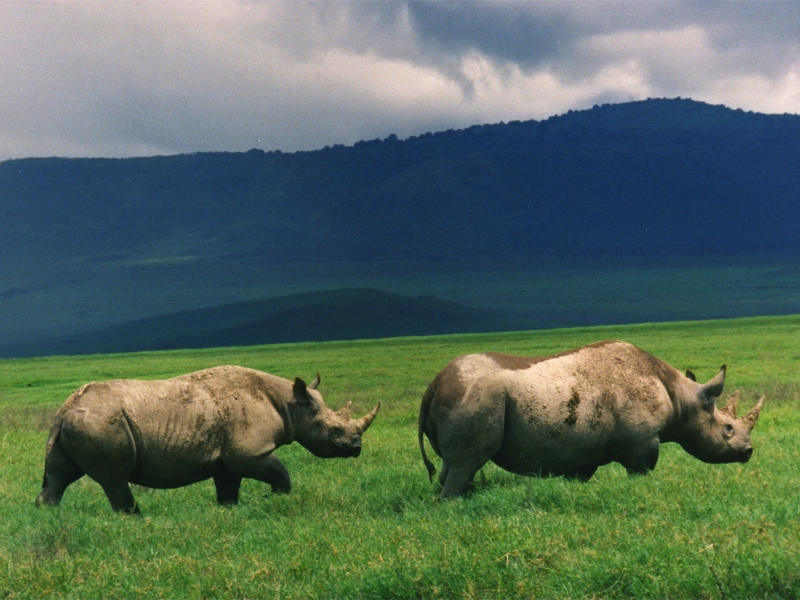The Wild Vibe of African Safaris


Ngorongoro Conservation Area (NCA) is a Unesco World Heritage Site located 180 km west of Arusha in the Crater Highlands area of Tanzania. The Crater, a large volcanic caldera within the area is recognized as one of the seven natural wonders of the world.
The main Ngorongoro Conservation Area feature is the Ngorongoro Crater, the world's largest inactive, intact and unfilled volcanic caldera, formed when the large volcano exploded and collapsed on itself 2-3 million years ago, is 2,000 feet deep and its floor covers 260 sq km.
Ngorongoro Crater is one of the most likely areas in Tanzania to see the endangered Black Rhino, as a small population is thriving in this idyllic and protected environment. It is currently one of the few areas where they continue to breed in the wild. Your chances of encountering leopard here are also good, and fabulous black-maned lions. Many flamingos are also attracted to the soda waters of Lake Magadi.
The Crater includes most of the animal species found in East Africa. Approximately 25,000 large animals live in the crater. These include the endangered black rhino, hippo, wildebeest, zebra, common eland, gazelles, waterbuck and warthogs. Lake Madagi, a large lake in the southwest of the crater is inhabited by thousands of flamingos.
The Crater has more of the big cats per square km than anywhere else in Africa.